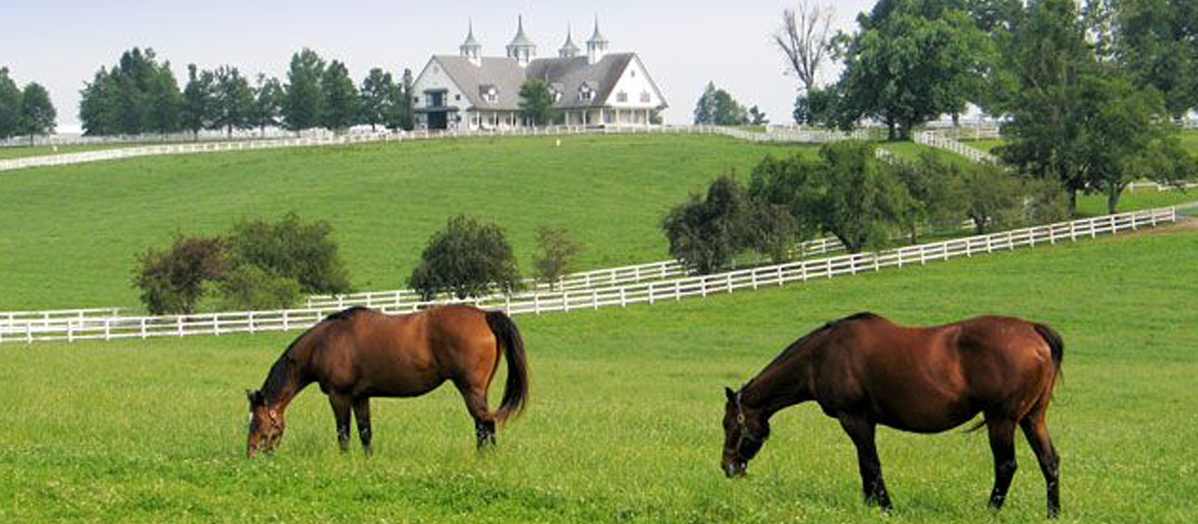365
Days in Horse Country – The Spanish Jennet

Long before the age of exploration of the fifteenth and
sixteenth centuries, a distinct type of horse could be found all throughout
Europe. Called the Spanish Jennet, this
popular mount was a small saddle horse of Iberian origins with a naturally
smooth ambling gait. The horse had a compact build and an overall dramatic
look.
Spanish Jennets can be seen in paintings dating from the Middle Ages. Their low-set tails, round croups, high-set necks, and convex profiles are trademarks of the breed.
The Spanish Jennet was among the horses brought to the Americas by the Spanish conquistadors in the sixteenth century. These popular gaited horses went on to contribute to a number of breeds native to the New World, including the Spanish Mustang, Peruvian Horse, and Paso Fino.
Some researchers believe that the Tennessee Walking Horse, Saddlebred, and Missouri Fox Trotter, among others, owe their smooth gaits to the Spanish Jennet.
Although the original Spanish Jennet is now extinct, a group of horsemen are striving to promote a modern version of the breed. The Spanish Jennet carried genes for pinto and spotted, Appaloosa-type patterns, passing these on to horses in the Americas. The Spanish Jennet Horse Society recognizes pinto and altigrado (spotted) horses of Paso Fino and Peruvian Horse breeding.
Michael







